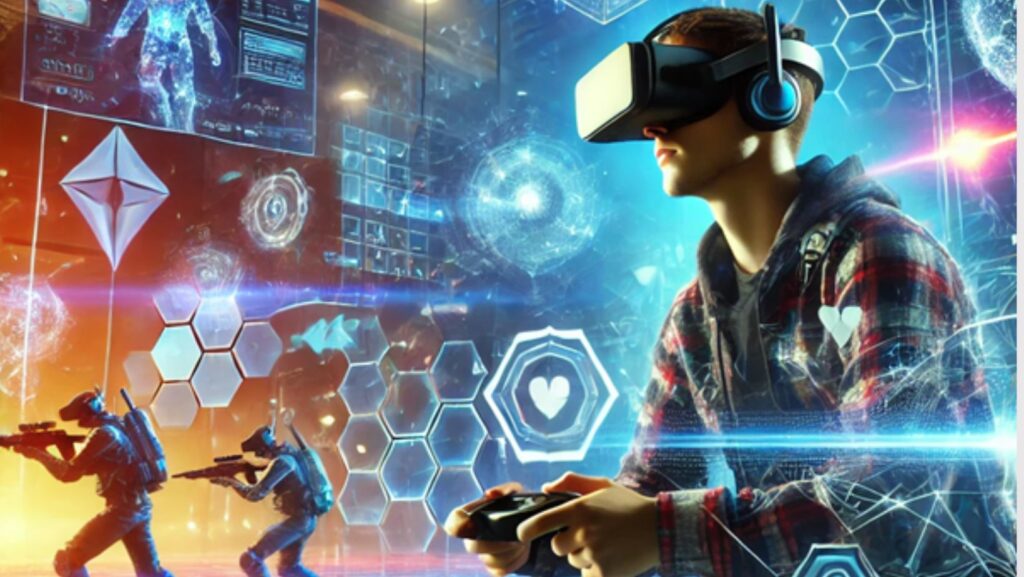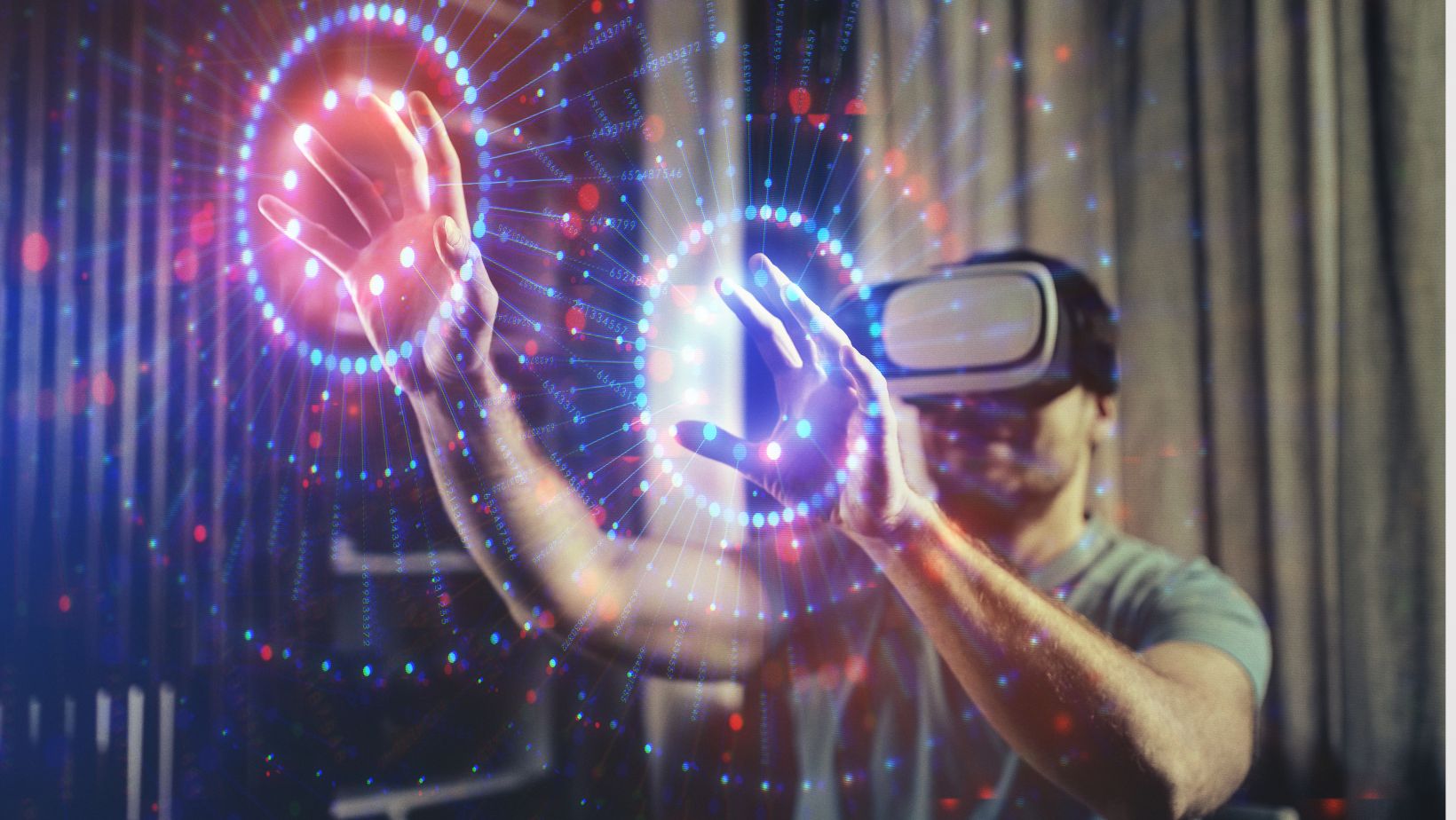
Virtual Reality (VR) and Augmented Reality (AR) are revolutionizing competitive gaming, offering immersive, lifelike experiences. Sloterman, a casino guide, helps players find the perfect VR and AR-supported games. These technologies enhance interactivity, pushing esports into a new era for players and fans alike.
Immersive Gameplay Enhances Player Experience
VR and AR transform gaming into a far more interactive world. VR places players inside fully rendered environments, engaging their senses beyond the typical screen-and-controller setup. The boundaries between reality and the game blur. Players can explore, fight, and strategize from the inside out. AR, in contrast, projects gaming elements into the real world, merging fantasy with reality.
In Pokémon Go, millions of players hunted virtual creatures in actual parks and streets. This type of immersion boosts emotional involvement, giving gamers an experience that feels genuine. With VR, in one minute, you’re dodging bullets in Superhot VR. Next, you’re scaling cliffs in The Climb.
VR and AR Foster Greater Social Interaction in Games
Competitive gaming, long reliant on in-game chat systems or text, shifts to another level with VR and AR. Players now physically interact in virtual spaces, holding meetings, strategizing, and executing real-time plans. VR platforms like VRChat allow for immersive social interaction, building camaraderie through avatars and shared experiences. In AR multiplayer games, groups collaborate or face off in physical spaces enhanced by virtual elements, as seen in ARQuake or Harry Potter: Wizards Unite.
This fosters deeper communication among players, with body language and gestures playing a role. The richer communication makes games more cooperative, dynamic, and engaging. Teams can now work together on an entirely different plane, making esports even more thrilling.
Expanding Possibilities for Skill-Based Competition
The inclusion of VR and AR introduces new layers of strategy and physical skill in gaming. VR forces players to rely on more than just reflexes—body movement, spatial awareness, and precision become critical to success. Beat Saber, for instance, demands fast decision-making while slashing blocks in rhythm, mixing physical dexterity with mental sharpness. AR enhances these competitions by adding real-world challenges, like navigating complex environments or coordinating movements across real space, as seen in AR laser tag or Tactical AR.
These technologies force gamers to balance cognitive abilities with hand-eye coordination, raising the bar for competitive play. Tournaments that utilize VR showcase not just digital prowess but also how players physically adapt to fast-paced and evolving virtual scenarios. This leads to a deeper level of competition, pushing players to excel in unexpected ways.
Training and Development in Competitive Gaming with VR and AR
Competitive players and teams can hone their skills using advanced virtual training systems. VR allows for scenarios that would be impossible or too costly to recreate in real life. Players can practice with virtual opponents, simulate complex strategies, or replicate in-game environments for hours without physical limitations. Games like Echo VR allow users to train in zero-gravity environments, developing skills that push their abilities to the limit.
For teams, AR-based training fosters better coordination, simulating real-world dynamics where communication and split-second decisions determine outcomes. With AR headsets, teams can run through drills or plan tactics on virtual maps laid over real-world surfaces. This type of training accelerates development and strengthens teamwork, giving teams a competitive edge in esports.
VR and AR Drive Innovation in Esports Events
Esports events have seen remarkable growth through VR and AR innovations. Spectators now enjoy more immersive experiences, where AR visual overlays enhance live gameplay, offering detailed stats and real-time replays.
VR arenas, meanwhile, transform the viewing experience entirely, letting fans “step inside” the game, offering 360-degree perspectives. Audiences can follow a player’s every move as if they were there themselves. In VR tournaments, such as the Echo VR Invitational, spectators can watch from unique angles, choosing their viewpoints as the action unfolds.
Events like The Overwatch League now use AR to bring larger-than-life holographic effects to enhance the gameplay spectacle. Characters seem to leap from the screen onto the stadium floor. The future of esports viewing lies in total immersion—where fans will interact, participate, and engage with the competition in unprecedented ways.
VR and AR are revolutionizing the competitive gaming world. They create immersive experiences, boost social interaction, and elevate skill-based competition. These technologies are driving innovation in esports, enhancing both player training and event spectating. As they develop, the future of competitive gaming will merge virtual and real worlds, providing richer, more accessible experiences for all.















